Home>Gardening & Outdoor>Landscaping Ideas>How Fast Does Grass Grow In The Summer
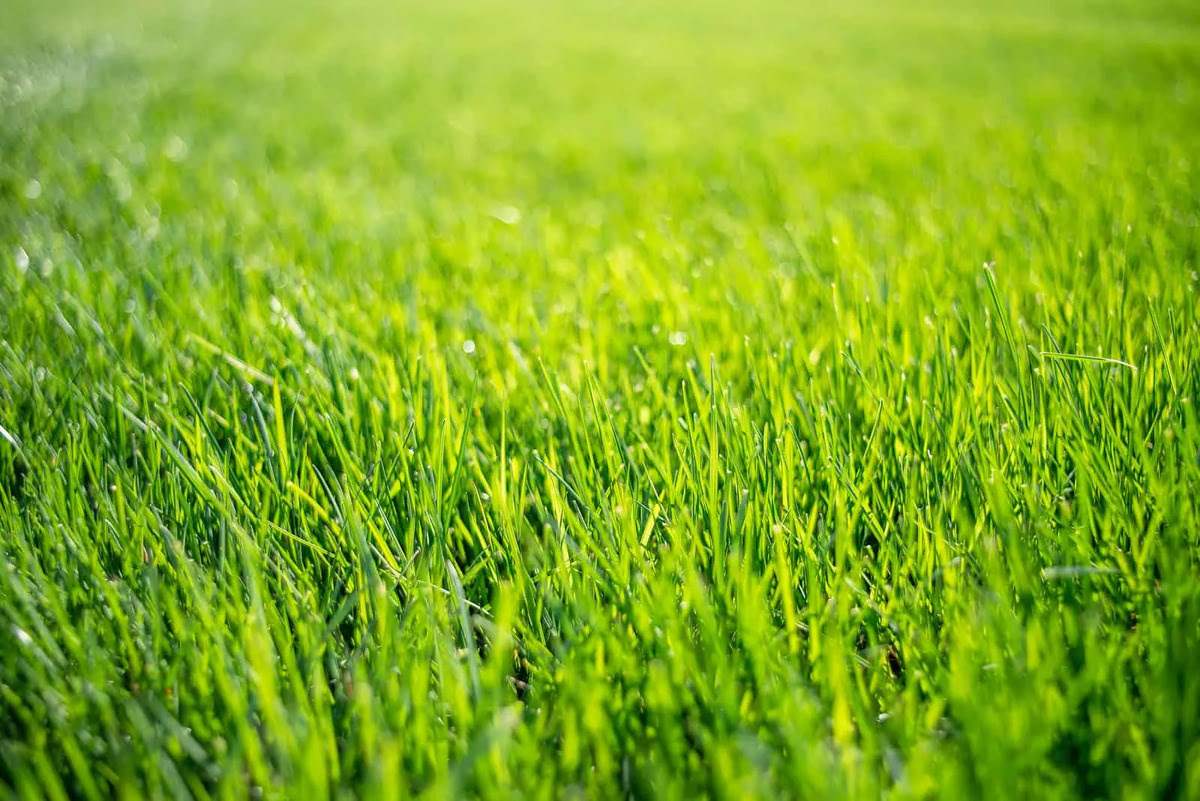

Landscaping Ideas
How Fast Does Grass Grow In The Summer
Published: January 23, 2024
Discover effective landscaping ideas for summer to promote healthy grass growth. Learn how to maintain a lush lawn during the warmer months.
(Many of the links in this article redirect to a specific reviewed product. Your purchase of these products through affiliate links helps to generate commission for Storables.com, at no extra cost. Learn more)
Introduction
Welcome to the vibrant world of summer landscaping, where the lush green carpet of your lawn takes center stage. As the temperature rises and the sun graces the earth with its golden rays, the growth of grass reaches its peak. The summer season brings forth an array of factors that influence the speed at which grass thrives, making it an opportune time for lawn enthusiasts to witness the marvel of nature in their own backyard. In this article, we’ll delve into the fascinating realm of grass growth in the summer, exploring the various elements that contribute to its flourishing vitality and offering valuable insights into nurturing a thriving lawn during this season of abundance.
Key Takeaways:
- Grass grows faster in the summer due to ample sunlight, warm temperatures, and proper watering. Understanding ideal conditions and grass types can help nurture a thriving lawn.
- To promote faster grass growth, optimize watering, mowing, fertilization, and weed control. By implementing these tips, you can transform your outdoor space into a lush and inviting haven.
Read more: How Fast Does Zoysia Grass Grow
Factors Affecting Grass Growth in the Summer
The summer season introduces a medley of factors that directly impact the growth of grass, playing a pivotal role in determining the speed and quality of its development. Understanding these influences is essential for fostering optimal conditions for your lawn. Here are the primary factors affecting grass growth during the summer:
- Sunlight: The extended daylight hours during summer provide ample sunlight, which is essential for the process of photosynthesis. This enables the grass to produce and store energy, promoting robust growth.
- Temperature: Warmer temperatures in the summer accelerate the metabolic processes within the grass, leading to faster growth rates. However, excessively high temperatures can also pose a risk of heat stress, impacting the grass’s health.
- Water: Adequate hydration is crucial for grass growth, especially during the summer when evaporation rates are higher. Insufficient water can impede growth, while proper irrigation fosters lush, vibrant grass.
- Soil Quality: The composition and health of the soil significantly influence grass growth. Rich, well-aerated soil with the right balance of nutrients provides an ideal foundation for robust grass development.
- Fertilization: Proper fertilization can bolster grass growth by supplying essential nutrients that may be lacking in the soil, enhancing the grass’s ability to thrive during the summer months.
- Weeds and Pests: Competition from weeds and damage caused by pests can hinder the growth of grass. Implementing effective weed control and pest management measures is crucial for maintaining optimal growing conditions.
By recognizing and addressing these factors, you can proactively support the flourishing growth of your lawn, ensuring that it remains a verdant oasis throughout the summer.
Ideal Conditions for Grass Growth
To nurture thriving grass growth during the summer, it’s essential to create and maintain ideal conditions that cater to the specific needs of your lawn. By optimizing the environment in which the grass grows, you can encourage robust and vibrant development. Here are the key elements that contribute to the ideal conditions for grass growth:
- Adequate Sunlight: Grass thrives in areas that receive ample sunlight, typically requiring at least 6 to 8 hours of direct sunlight daily. Positioning your lawn in sun-drenched locations or trimming back overhanging branches can enhance sunlight exposure.
- Optimal Temperature: While warm temperatures are conducive to grass growth, excessive heat can be detrimental. Maintaining a balance and providing shade during peak heat hours can help protect the grass from stress and encourage healthy development.
- Proper Watering: Consistent and deep watering is essential for sustaining grass growth during the summer. Irrigate your lawn in the early morning to minimize evaporation, ensuring that the soil remains adequately moist without becoming waterlogged.
- High-Quality Soil: The soil serves as the foundation for healthy grass growth. Regularly aerating the soil, monitoring its pH levels, and supplementing it with organic matter can create an optimal environment for robust grass development.
- Strategic Fertilization: Applying a balanced fertilizer at the appropriate times can provide the grass with essential nutrients, fostering vigorous growth and bolstering its resilience to environmental stressors.
- Weed and Pest Management: Implementing proactive measures to control weeds and pests safeguards the grass from competing for resources and sustains its unimpeded growth.
By ensuring that these ideal conditions are met, you can empower your lawn to flourish during the summer, creating a verdant and inviting outdoor space for relaxation and recreation.
Grass grows fastest in the summer due to longer days, warmer temperatures, and more sunlight. To encourage healthy growth, water your grass deeply 1-2 times per week and mow it to a height of 3-4 inches.
Common Types of Grass and Their Growth Rates
Various types of grass exhibit distinct growth rates and characteristics, each with its unique attributes that make it suitable for specific environments and preferences. Understanding the growth rates of common grass varieties can provide valuable insights into selecting the most suitable option for your lawn. Here are some prevalent types of grass and their respective growth rates:
- Bermuda Grass: Known for its rapid growth, Bermuda grass can spread vigorously, making it an excellent choice for areas requiring quick coverage. Its growth rate is particularly pronounced during the warm summer months, thriving in full sunlight and high temperatures.
- Zoysia Grass: Zoysia grass exhibits a moderate growth rate, gradually forming a dense and lush turf. It is well-suited for regions with hot summers, as it can withstand heat and drought while maintaining its vibrant green hue.
- Fescue Grass: Fescue grass varieties, such as tall fescue and fine fescue, typically feature a moderate growth rate, adapting well to a range of climates. They are renowned for their resilience and ability to maintain their verdant appearance even in challenging conditions.
- St. Augustine Grass: St. Augustine grass boasts a rapid growth rate, quickly establishing a thick and luxurious lawn. It flourishes in warm, coastal regions, thriving in the summer heat and exhibiting impressive tolerance to salt and shade.
- Kentucky Bluegrass: With a moderate growth rate, Kentucky bluegrass produces a dense and velvety turf, making it a popular choice for lawns. It thrives in cooler summer climates, showcasing exceptional resilience and a vibrant green hue.
By familiarizing yourself with the growth rates and characteristics of these common grass varieties, you can make informed decisions when selecting the most suitable grass for your lawn, ensuring that it aligns with your climate, maintenance preferences, and aesthetic aspirations.
Tips for Promoting Faster Grass Growth
As you strive to cultivate a verdant and thriving lawn during the summer, implementing effective strategies to promote faster grass growth becomes paramount. By incorporating the following tips into your lawn care regimen, you can stimulate robust and accelerated grass development, transforming your outdoor space into a lush and inviting haven:
- Optimize Watering Practices: Ensure that your lawn receives approximately 1 to 1.5 inches of water per week, either through rainfall or irrigation. Deep and infrequent watering encourages the grass roots to delve deeper into the soil, promoting healthier and more resilient growth.
- Regular Mowing: Adhering to a consistent mowing schedule prevents the grass from becoming overly long, enabling it to allocate energy more efficiently for lateral growth. Avoid cutting more than one-third of the grass blade’s length in a single mowing session to minimize stress on the grass.
- Appropriate Fertilization: Apply a balanced fertilizer with the appropriate ratio of nitrogen, phosphorus, and potassium to provide the grass with essential nutrients for vigorous growth. Select a fertilizer specifically formulated for summer application to bolster the grass’s resilience to heat stress.
- Aerate the Soil: Aerating the soil alleviates compaction and enhances air circulation, water absorption, and nutrient uptake. This process creates an optimal environment for the grass roots to proliferate and facilitates accelerated growth.
- Overseed Sparse Areas: If certain areas of your lawn appear thin or patchy, overseeding with suitable grass seeds can expedite the filling of these spaces, promoting a denser and more uniform turf.
- Weed Control: Effectively managing weeds prevents them from competing with the grass for essential resources, enabling unhindered growth and development. Implement targeted weed control measures to preserve the vitality of your lawn.
- Monitor and Adjust: Regularly assess the condition of your lawn and adjust your maintenance practices accordingly. Observing the grass’s response to your care enables you to fine-tune your approach and optimize its growth potential.
By integrating these tips into your lawn care routine, you can actively foster faster grass growth, nurturing a vibrant and resilient lawn that flourishes throughout the summer season and beyond.
Read more: How Fast Does Monkey Grass Grow
Conclusion
The summer season heralds a period of exuberant growth for your lawn, offering a canvas of lush greenery that beckons for relaxation and enjoyment. By comprehending the multifaceted dynamics of grass growth during the summer and embracing strategies to optimize its development, you can cultivate a thriving and visually captivating outdoor oasis. From harnessing the bountiful energy of sunlight to providing essential hydration and nutrients, every element of care contributes to the resplendent vitality of your lawn.
As you embark on this journey of nurturing your lawn, consider the unique characteristics and growth rates of different grass varieties, selecting the most suitable option for your specific climate and preferences. Embrace the ideal conditions for grass growth, ensuring that your lawn receives the nurturing embrace it requires to thrive in the summer’s warmth.
By implementing thoughtful practices, such as strategic watering, regular mowing, and targeted fertilization, you can propel the grass towards accelerated growth, witnessing the transformation of your outdoor space into a verdant sanctuary. Moreover, by remaining attentive to the evolving needs of your lawn and adapting your care regimen accordingly, you can sustain its vitality and allure throughout the summer and beyond.
As you revel in the verdant splendor of your lawn, may the flourishing grass serve as a testament to your dedication and the harmonious synergy between nature and nurture. Let the radiant beauty of your lawn become a source of joy and tranquility, inviting moments of leisure and connection amidst its emerald embrace.
With each blade of grass that flourishes under your attentive stewardship, your outdoor haven blossoms into a testament of natural splendor, reflecting the boundless potential for growth and vitality that the summer season bestows upon your landscape.
Frequently Asked Questions about How Fast Does Grass Grow In The Summer
Was this page helpful?
At Storables.com, we guarantee accurate and reliable information. Our content, validated by Expert Board Contributors, is crafted following stringent Editorial Policies. We're committed to providing you with well-researched, expert-backed insights for all your informational needs.
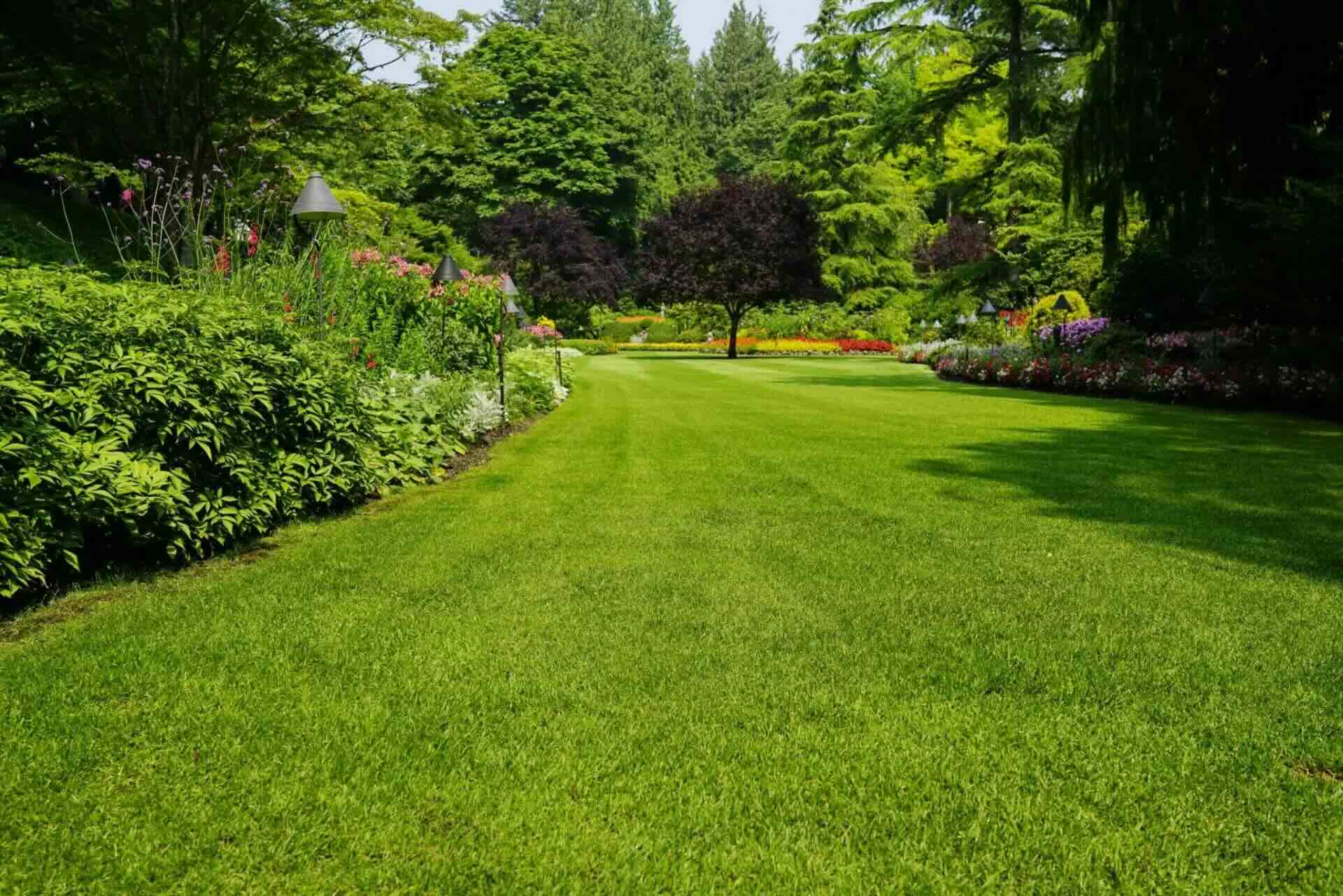




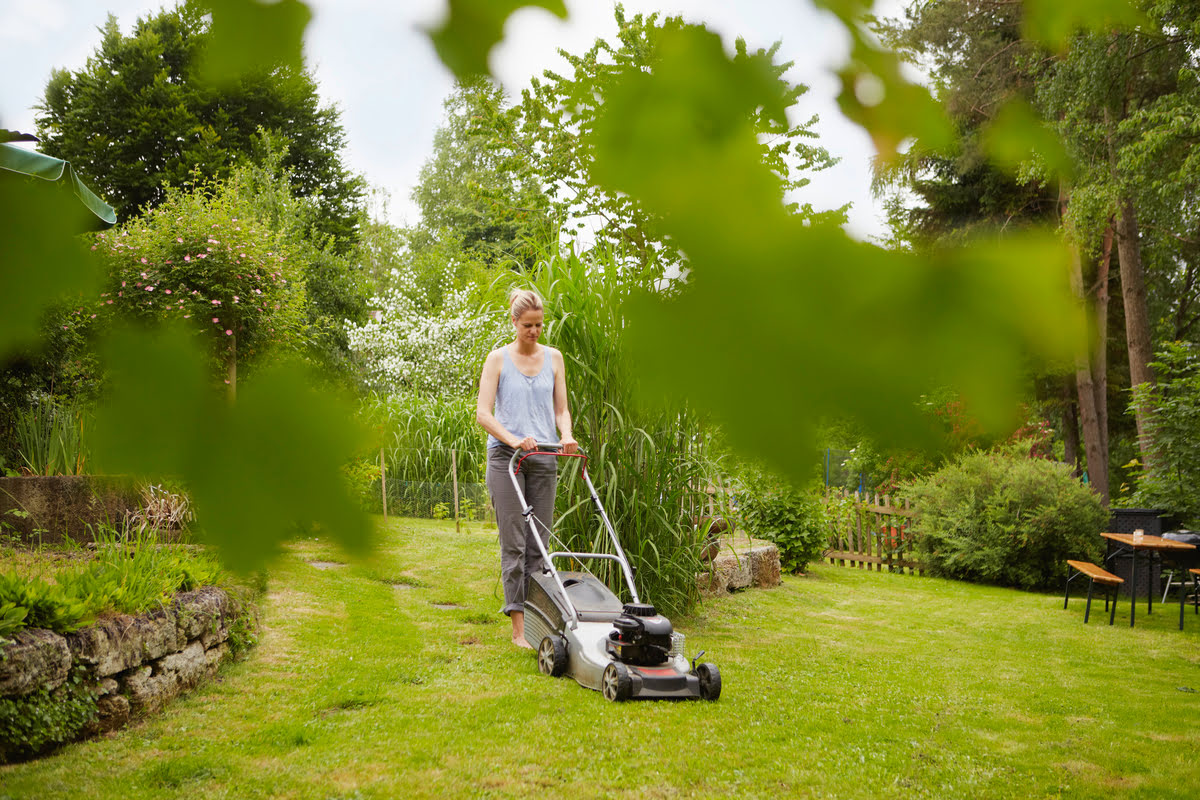
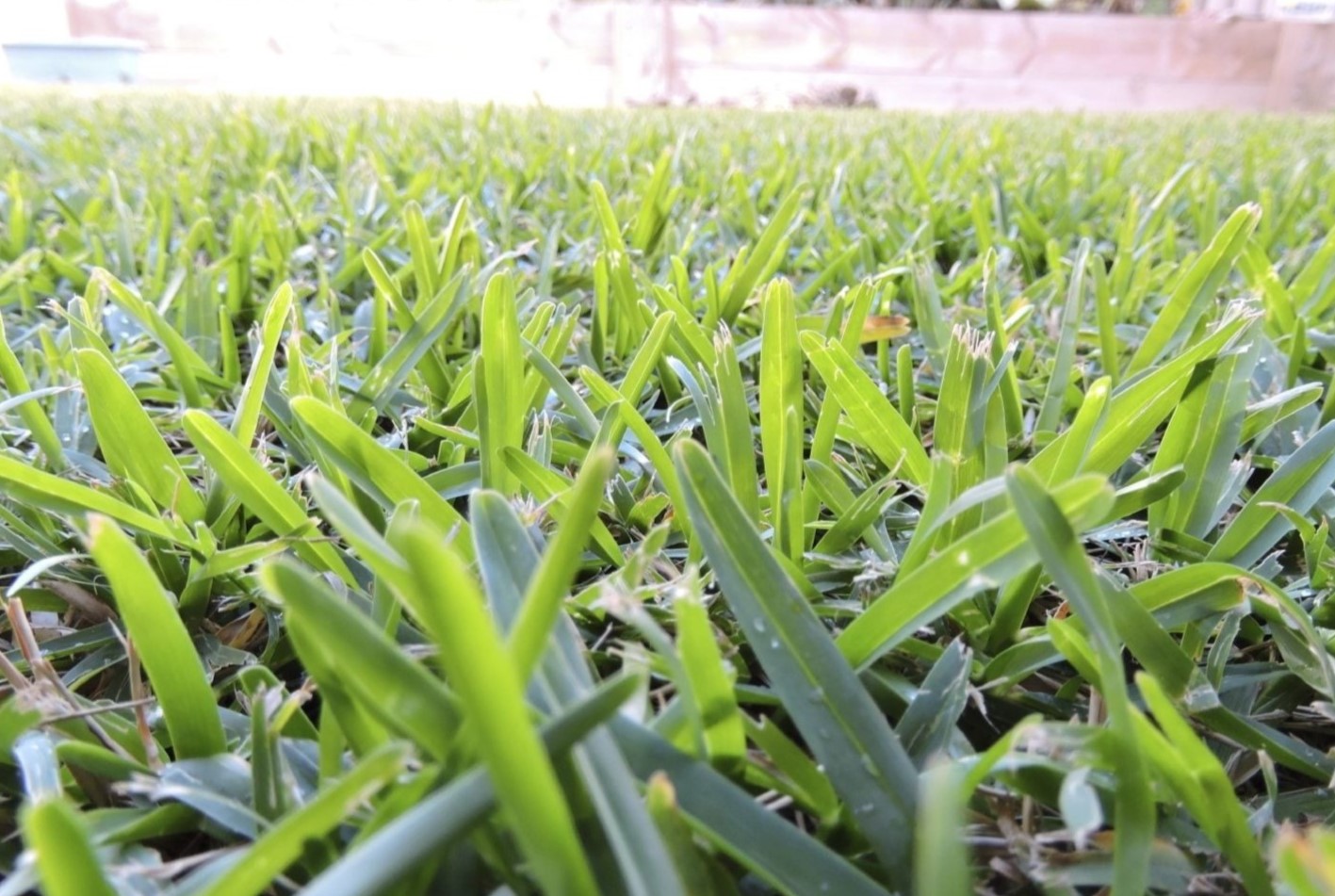
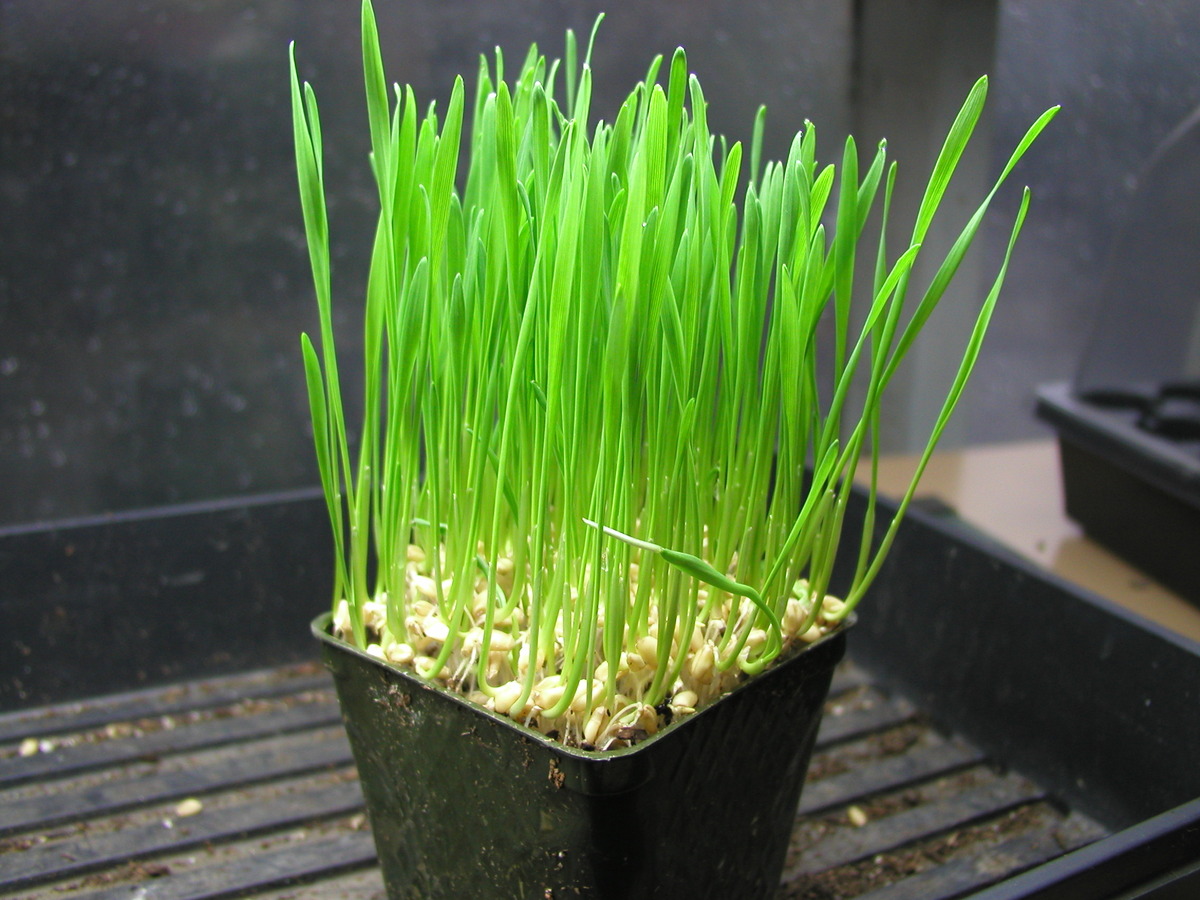

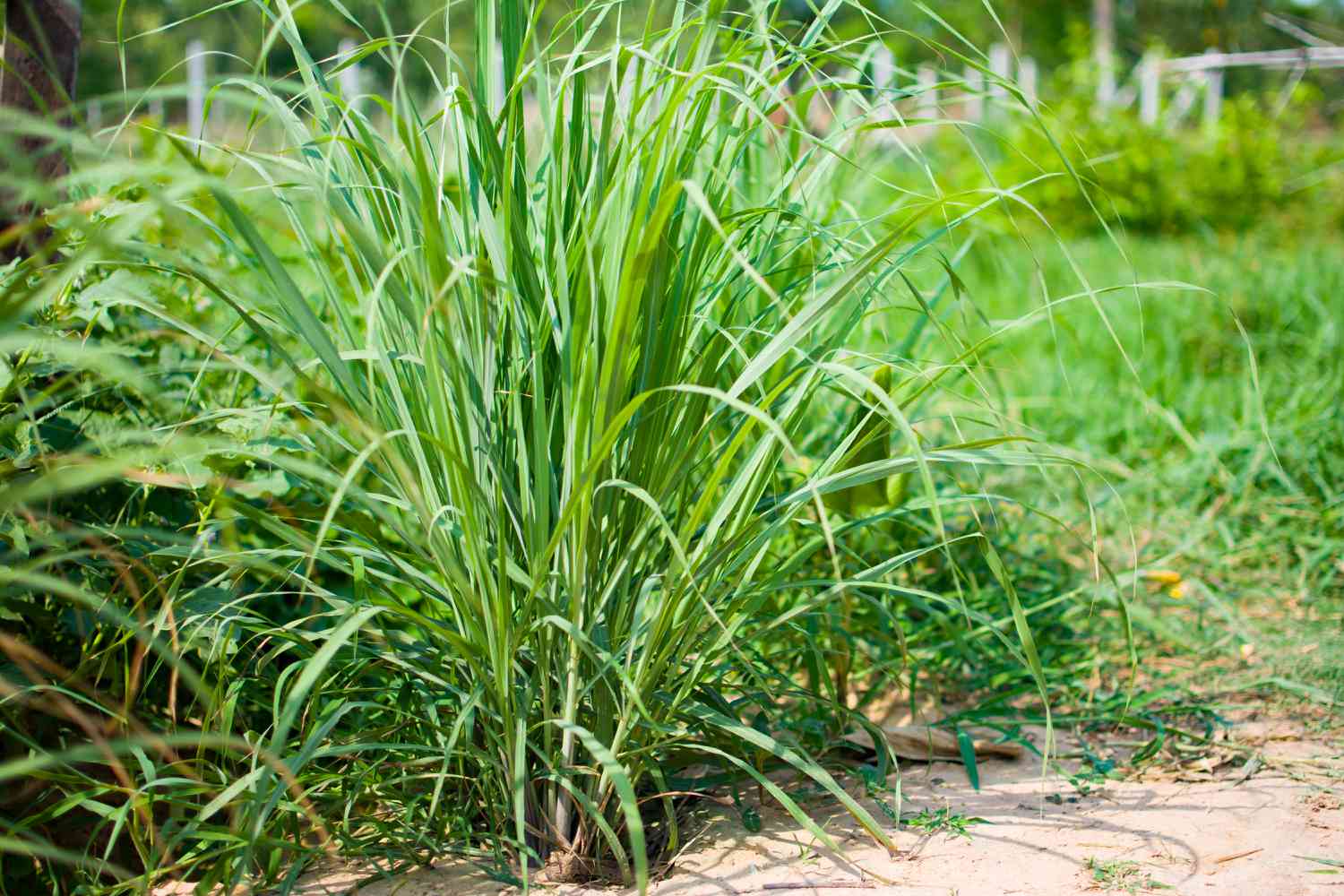
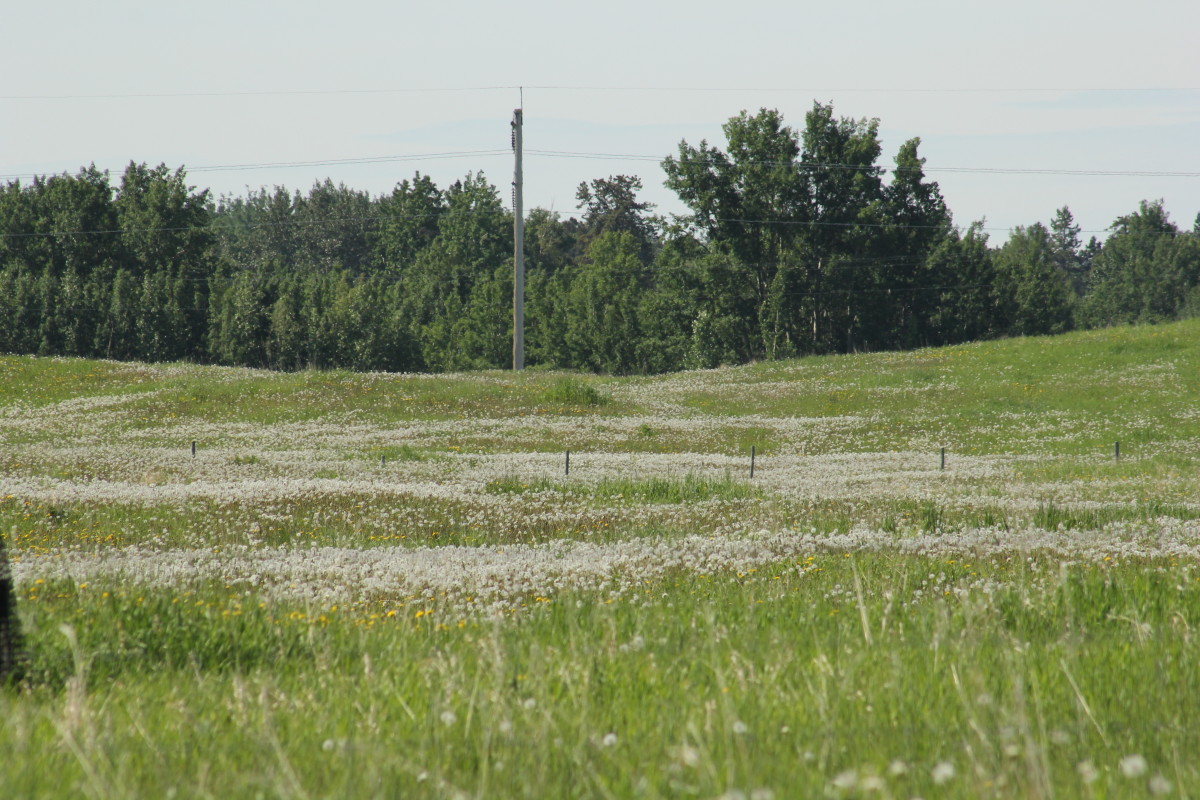
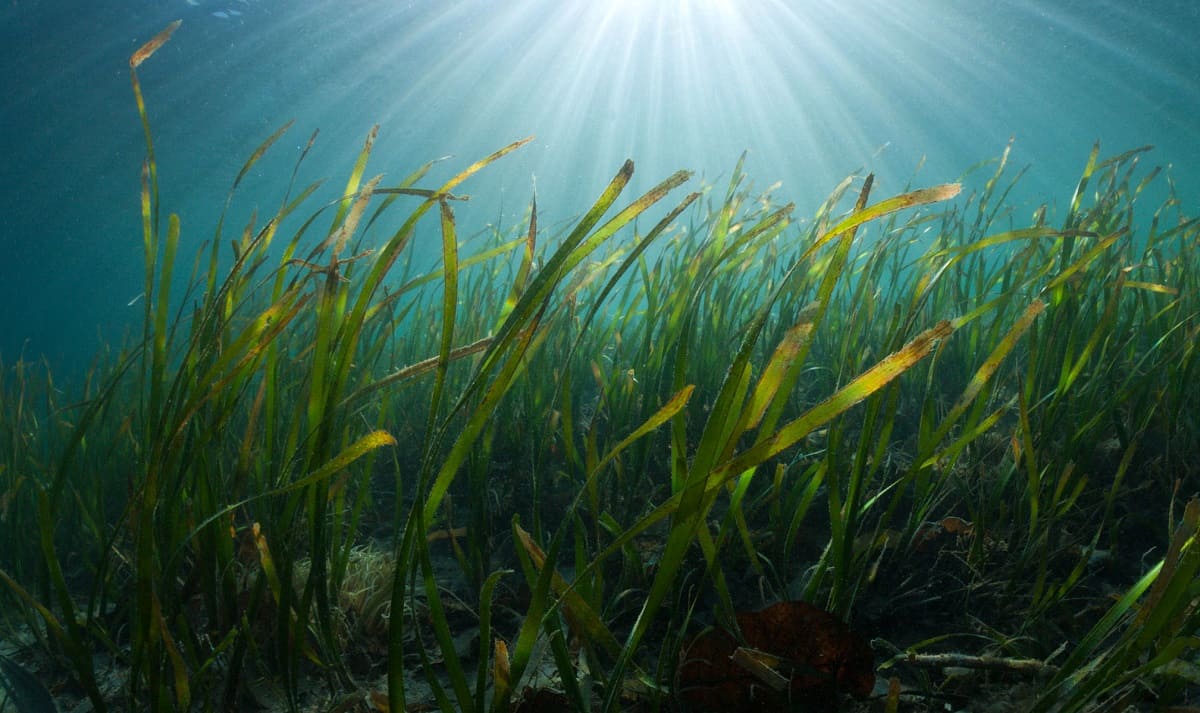
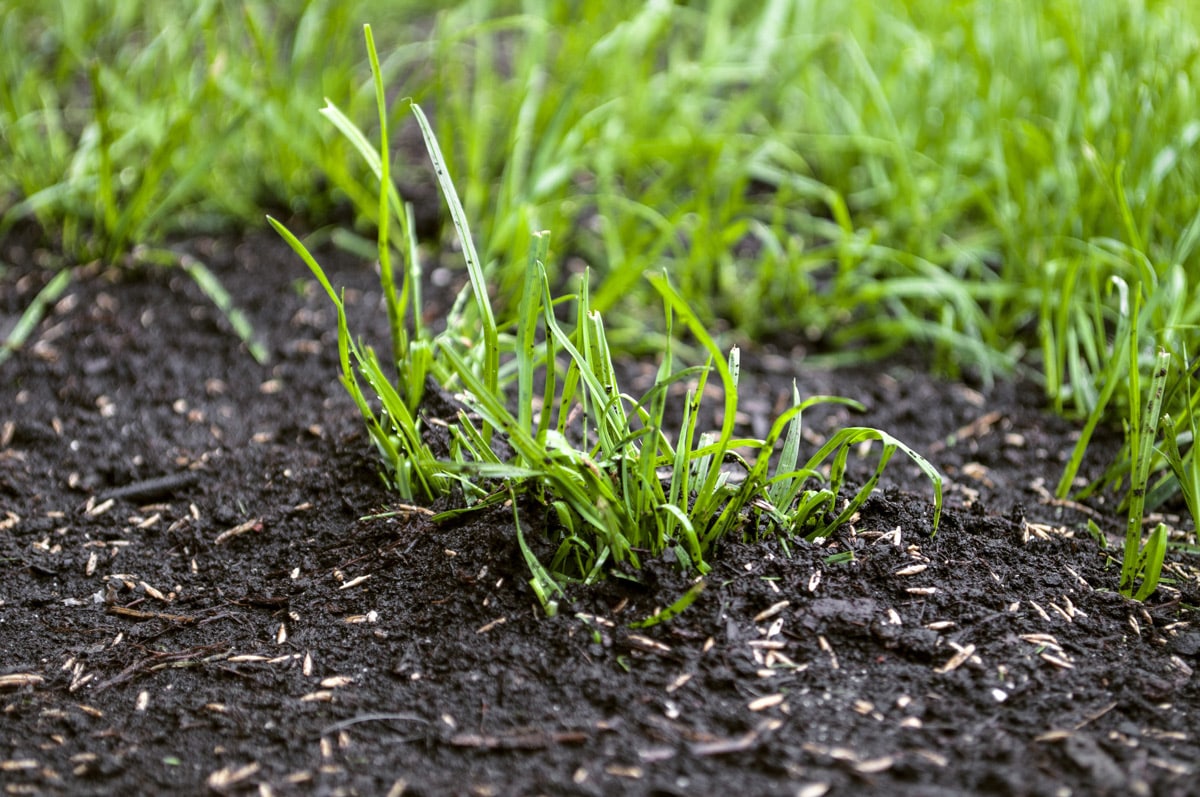
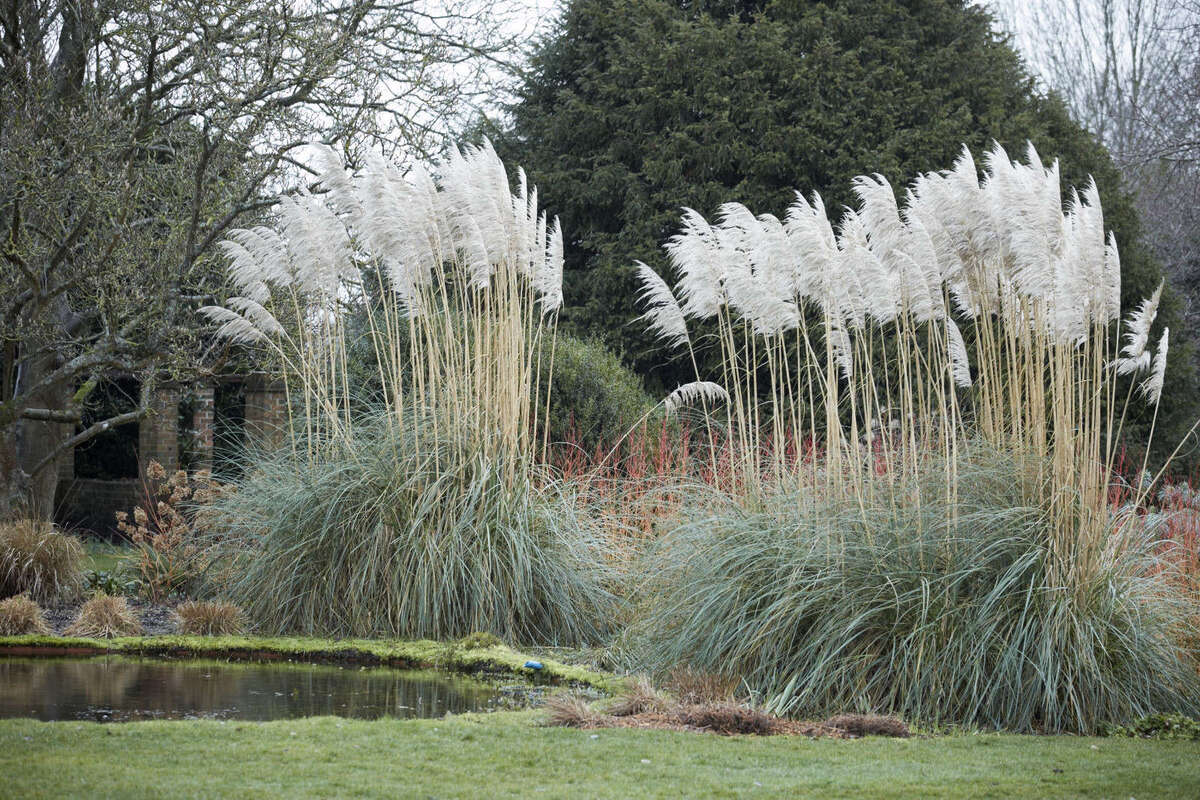

0 thoughts on “How Fast Does Grass Grow In The Summer”